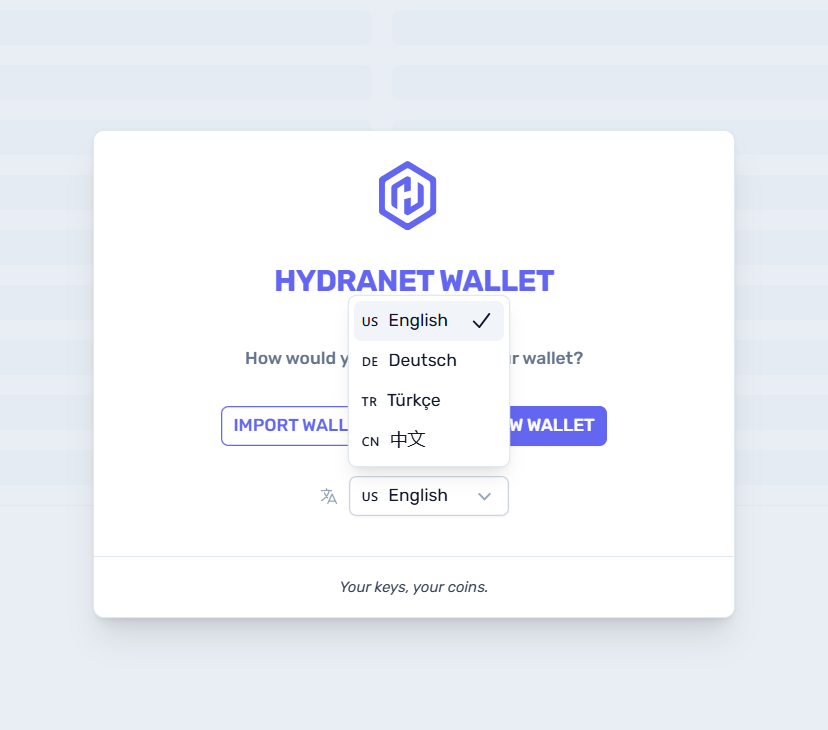Hydranet Monthly Recap #39 - September 2025

August gave us resilience. September gave us momentum. This month, the spotlight has been on preparing for a major Beta build update — from expanding supported token standards to UX refinements, this release sets the stage for an even smoother, faster, and more reliable Hydranet experience.
Infrastructure improvements
Behind the curtains, September was all about stability. We worked through a number of bugs that had been reported by our community and uncovered during intensive testing. Order confirmations and asset tracking are now more precise, addressing cases where mismatches or incorrect displays of values could occur. Swap state synchronization has been reworked to reduce edge-case errors, while authentication and channel rentals have been made more reliable by resolving reconnection failures and issues with duplicate rentals.
Beyond fixes, our infrastructure also grew stronger. Updates to the gRPC client and node concurrency have made connections faster and more stable, while one of the more exciting infrastructure updates is Lithium V3.1. Multi-token and multi-channel support now extends to ERC721, ERC1155, and ERC6909, opening the door for NFTs and new token standards to be transacted off-chain with the same speed and cost-efficiency as regular tokens. Further improvements have been made to Lithium to allow batch operations and instant redemptions so users can manage multiple channels at once without waiting for every single update to finish.
On the front line
While the backend has grown more powerful, the user-facing side of Hydranet has also taken a big step forward. Lithium’s technical upgrades translate directly into a smoother trading experience. Transaction confirmation and swap tracking are now clearer, providing traders with better visibility at every step. Enhanced channel status indicators make it easier to understand what’s happening in real time during swaps, and browser checks with improved input validation reduce errors at user inputs before they can happen. Everything for a better user experience.
Accessibility also took a leap forward. Hydranet’s interface is now multilingual, with Chinese, German, and Turkish language support available from a dedicated selector in the mnemonic modal. Furthermore, VPN detection now warns users upfront, reducing the chance of running into connection problems that could disrupt their experience.

Token2049
Lastly, September was not only a month of technical progress, but also one of preparation. With Token2049 just around the corner, the team has been busy getting ready to showcase our vision of an off-chain trading layer on one of the biggest stages in crypto.
Throughout the month, we’ve been planning our presence carefully, from deciding which conventions and side events to attend, to producing the materials that will help us tell our story in person. Business cards, leaflets, pitches, and other on-site assets have been prepared to reflect our brand identity and value proposition — a unified off-chain layer connecting blockchains with instant, gasless, and self-sovereign trading and transactions.